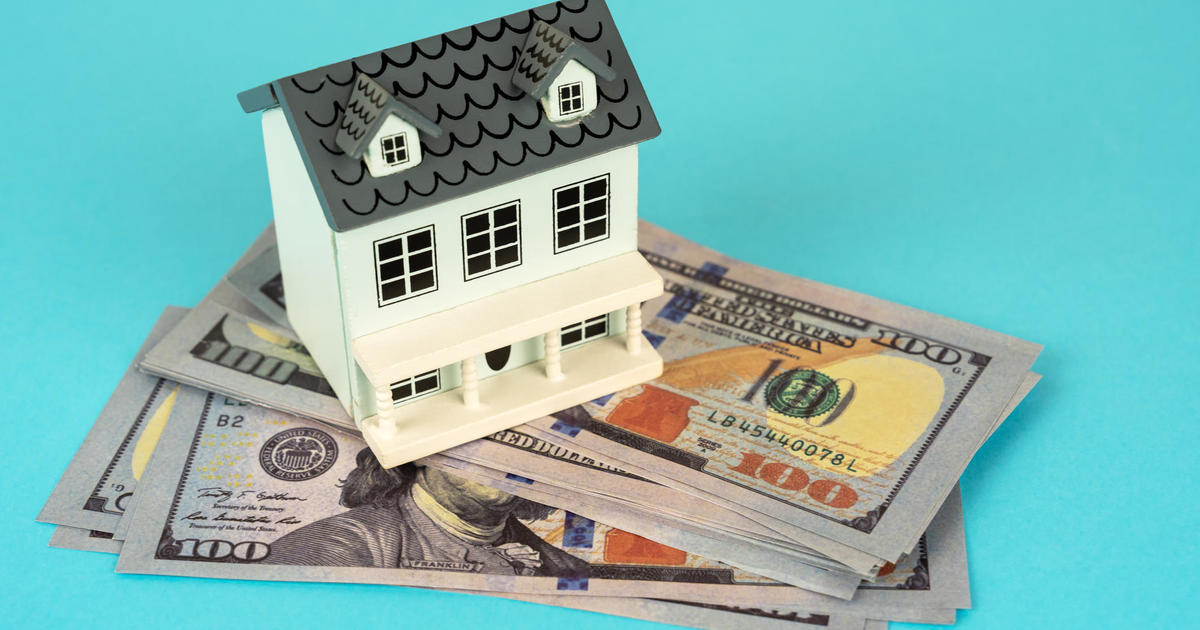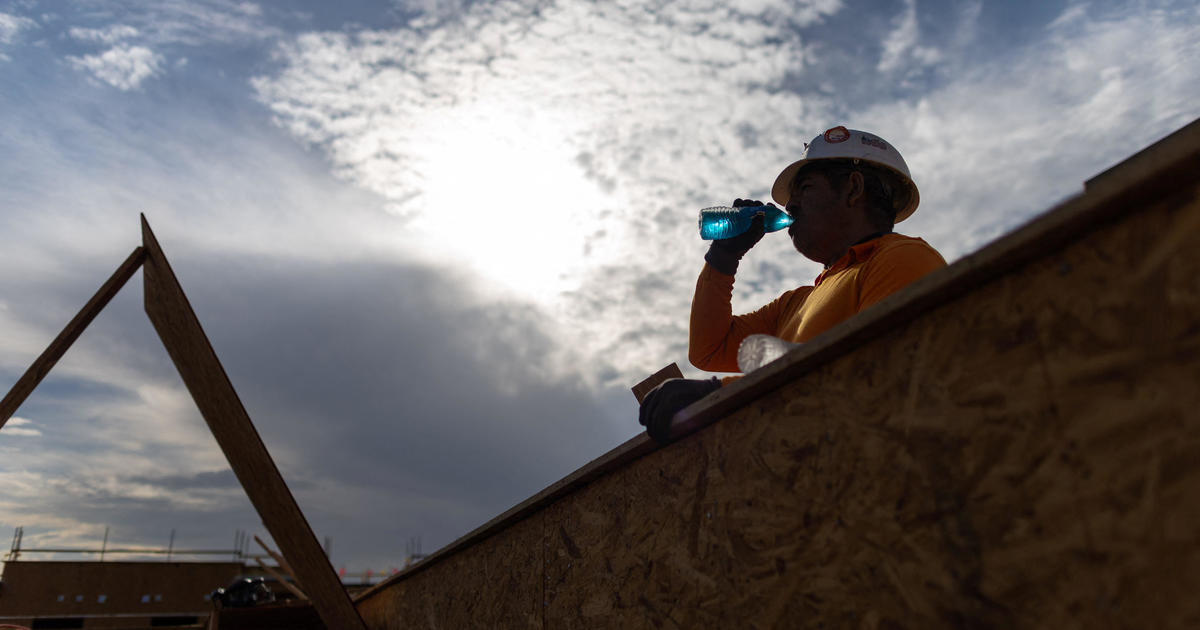What's really behind the surprising dip in U.S. unemployment?
Federal data on Friday showing a surprising jump in May hiring around the U.S. and a decline in unemployment shocked professional economic forecasters, who had expected the labor market to continue deteriorating last month. At the same time, the latest numbers likely understate the coronavirus pandemic's colossal hit to payrolls.
So should Americans see the job market as pushing through stormy seas, or merely pushing off the deep, dark bottom?
Certainly, it's good news that 2.5 million Americans returned to work last month — a clear sign the economy is rebounding faster, and sooner, than most experts predicted. Now for the bad news.
First, the virus hindered the Labor Department in compiling its monthly employment report, with the agency pointing to a 15 percentage point decline in the number of worker responses to its jobs survey.
Second, the nation's headline unemployment rate, now at 13.3%, is likely considerably higher than the official tally suggests. That's the worst number since records first started being kept in 1948.
Got a job? Depends who you ask
The reason for the discrepancy: Many workers may have been misclassified as employed when they should have been categorized as unemployed, the Labor Department explained. That's due to one of the defining characteristics of the current economic downturn: Employers that have furloughed millions of workers but plan on rehiring those employees once business regains momentum as states ease their shutdowns.
Those workers should be classified as "unemployed on temporary layoff," the agency said. Instead, many of these workers may have identified themselves as "employed but absent from work." The Labor Department said it and the Census Bureau are investigating the misclassification and are taking steps to address the problem.
If those workers were properly categorized as unemployed, the jobless rate would have been 3 percentage points higher, according to the Bureau of Labor Statistics. That would make the May unemployment rate closer to 16.3%.
"There is tremendous uncertainty surrounding the numbers," said economists Nancy Vanden Houten and Gregory Daco at Oxford Economics in a report, citing an estimated 6.4 million workers who may have been misclassified.
Confused yet? Wait, there's more.
The government's April employment report was also likely affected by the same worker categorization issue, meaning the official 14.7% unemploymet rate may have been closer to 18%. That makes the May decline in joblessness look even better. The upshot: No matter how the numbers are sliced, more than 2 million previously unemployed people went back to work as states reopened.
Not ready for blast off
Not surprisingly, President Donald Trump is touting the latest job numbers as a sign the economy is rebounding like a "rocket ship."
Yet even with last month's gain in hiring, the economy is facing enormous challenges as it emerges from economic shutdowns.
For one, 13.3% unemployment is more than three percentage points higher the peak rate of joblessness during the Great Recession. It also means more than 21 million Americans are still out of work. They won't be rehired overnight: After the jobless rate peaked at 10% in 2009, the economy required more than five years to return to pre-recession unemployment rates.
The economic recovery also depends on containing the spread of the coronavirus, with some economists predicting the nation could face additional shocks if states need to impose additional shut-downs to control the disease.
"Despite the strong job market rebound in May, there are more uncertainties in the United States," Goldman Sachs chief economist Jan Hatzius wrote in a client note on Monday. "One reason is that the U.S. is now a clear underperformer in virus control [compared to many other developed nations]."
An increase in COVID-19 cases in some regions of the U.S. "raises the risk of a rise in infections as the economy opens up further, which might trigger renewed government restrictions or voluntary changes in behavior that weigh on growth," he noted.
Some industries may struggle to regain their footing even as economies reopen. For example, three-quarters of consumers say they're unlikely to attend a sporting game or event in person — situations which call for close contact with other people — even if government restrictions are lifted, according to a new survey from Refinitiv.
"Many U.S. states are ready to reopen and retailers such as Macy's and Best Buy are ready to welcome shoppers," said Jharonne Martis, director of consumer research at Refinitiv, in a statement. "However, the reality is that neither the government nor retailers get to decide when to reopen the economy — consumers do."



